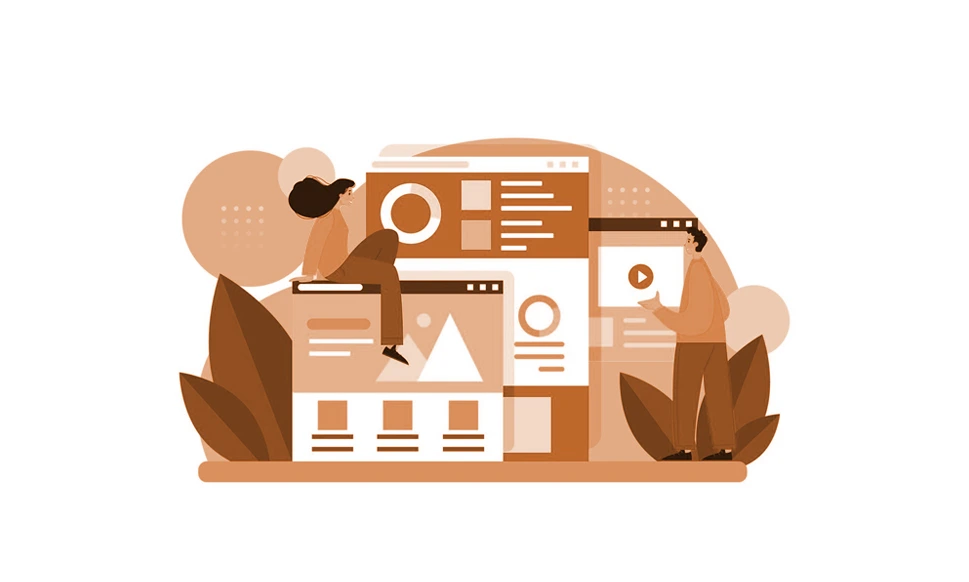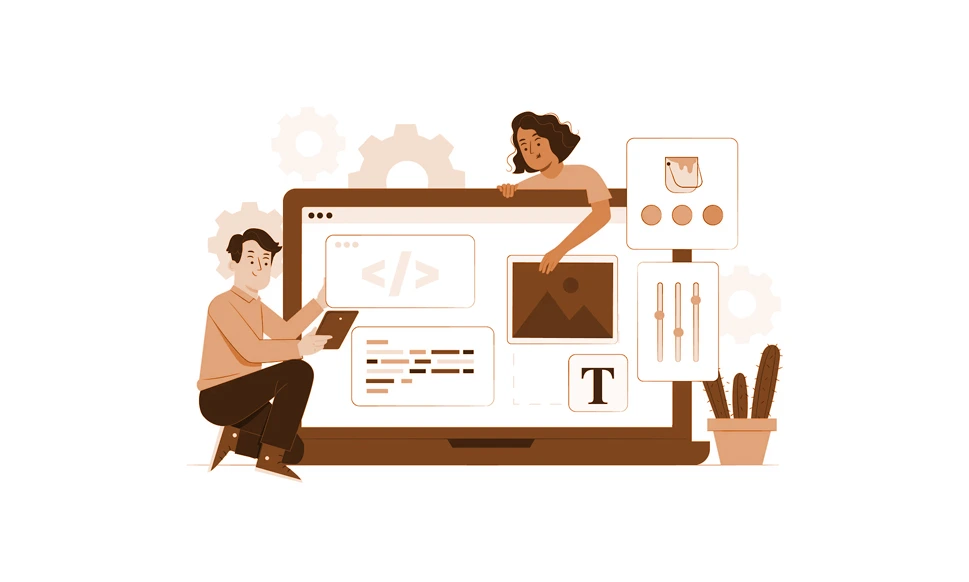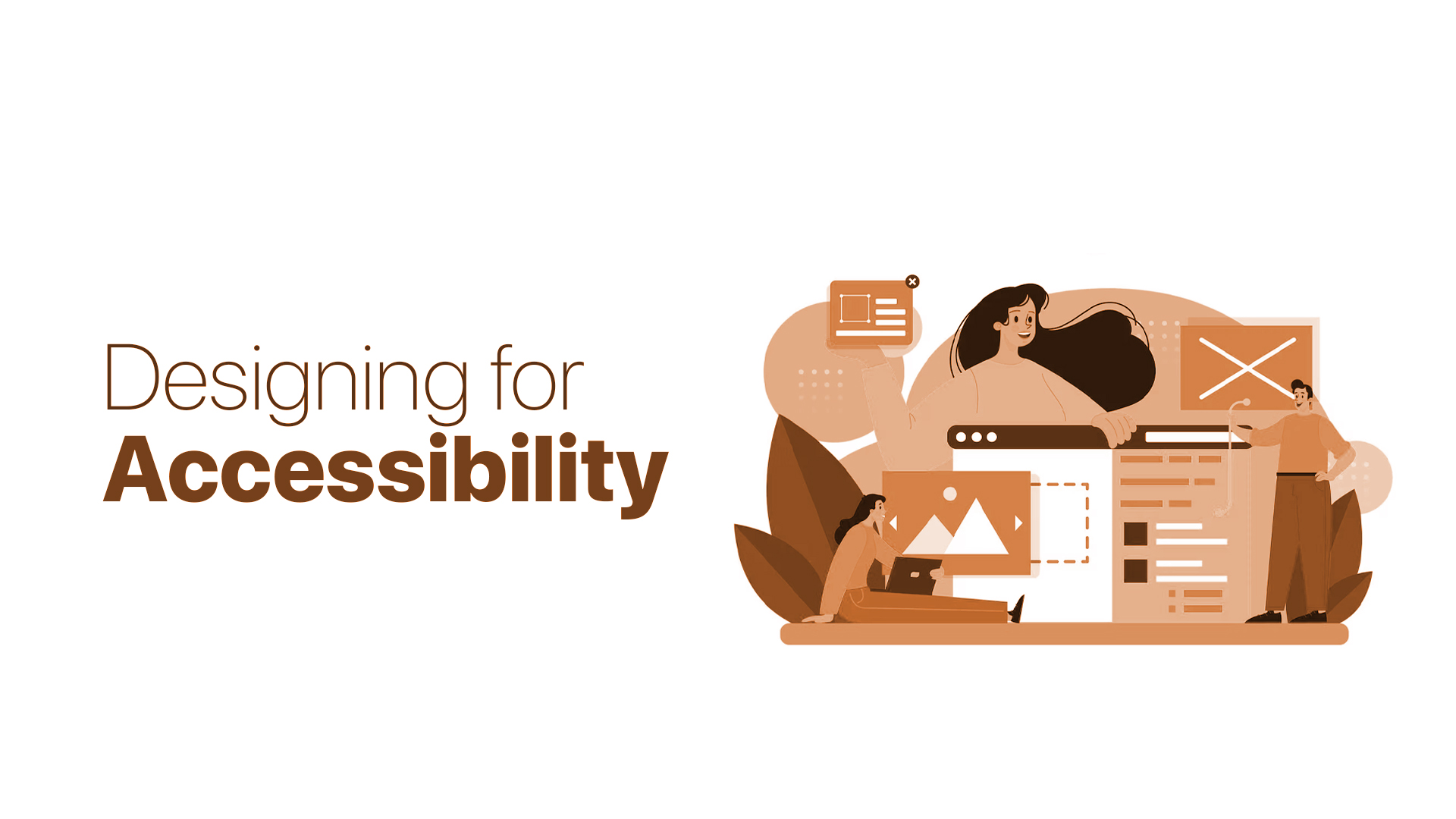Accessibility isn’t just a bonus feature; it’s essential for creating a truly inclusive web design. Making websites accessible means ensuring they can be used by everyone, regardless of abilities or disabilities. When businesses and organizations follow accessible design principles, they can reach a wider audience, comply with legal standards like WCAG compliance (Web Content Accessibility Guidelines), and offer a fair, user-friendly experience. Let’s explore how to create an accessible website development process that benefits everyone.
What is Accessibility in Web Design?
Web accessibility refers to designing websites that can be used by people with disabilities, including those with visual, hearing, cognitive, or motor impairments. The goal is to create a user-centered design that works for everyone, making the web a more inclusive space. An accessible website not only benefits users with disabilities but also improves the experience for all visitors.
Why Does Accessibility Matter?
Approximately 15% of the world’s population lives with a disability, according to the World Health Organization (WHO). By making your website accessible, you’re ensuring that a significant portion of the population can engage with your content. Accessible design also boosts UX for accessibility, leading to better SEO, user satisfaction, and higher conversion rates.
Legal compliance is another critical factor. In many countries, including the U.S., laws like the Americans with Disabilities Act (ADA) require websites to be accessible. Failure to comply can lead to legal consequences, so it’s crucial to prioritize digital accessibility.

Key Principles of Accessible Web Design
Here are some fundamental steps to ensure your website is accessible to all users:
1. Semantic HTML and Clear Markup
Using appropriate HTML elements allows screen readers and assistive technologies to interpret content correctly. Make sure headings (<h1>, <h2>, etc.) follow a logical structure, and interactive elements like buttons and forms are clearly labeled for easy navigation.
2. Color Contrast and Visual Clarity
Ensure there’s enough contrast between text and background colors so that users with visual impairments can read your content. Use tools like the WebAIM Color Contrast Checker to verify your design. Don’t rely on color alone to convey information—use text labels or patterns to make messages clear to all users.
3. Keyboard Accessibility
Many users with motor impairments navigate websites using a keyboard. Ensure all interactive elements—like forms, menus, and buttons—can be accessed using keyboard-only navigation. Focus should be visible and follow a logical tab order.
4. Alt Text for Images
Alt text provides descriptions of images for users who rely on screen readers. Every image should include alt text that describes its meaning and context, allowing users with visual impairments to understand the content. Be specific in your descriptions and avoid using generic text.
5. Captions and Transcripts for Multimedia
For users with hearing impairments, captions for videos and transcripts for audio content are essential. This ensures everyone can access the information in multimedia formats.
6. Responsive Design
A responsive design ensures that your website functions well across devices, including smartphones, tablets, and desktops. This is particularly important for users who may need larger text or prefer zooming in on smaller screens.
7. Clear and Simple Language
Keep your content straightforward. Use short sentences and avoid jargon, making it easier for users with cognitive disabilities to understand. Break content into digestible sections with headings and bullet points.
Testing for Accessibility
After implementing accessible design principles, it’s important to test your website regularly. Tools like WAVE, Lighthouse, and Axe can help identify issues, but manual testing with real users, especially those with disabilities, is crucial to ensure your site meets WCAG compliance.

Continuous Improvement
Accessibility isn’t a one-time task. As your website evolves, make sure accessibility remains a priority. Stay updated on new guidelines and best practices to continue providing an inclusive experience for all users.
At GL Infotech, we specialize in creating websites that prioritize accessibility and inclusivity, ensuring that your digital presence is welcoming to everyone. Whether you need to redesign your website for better accessibility or build one from the ground up with inclusive web design in mind, our team is here to help. Let us help you create a website that not only meets legal standards but also enhances user experience and broadens your audience.
Contact GL Infotech today to discuss how we can make your website accessible and inclusive for all users!
Web Design & Development Ecommerce Web Development ERP Software Development




